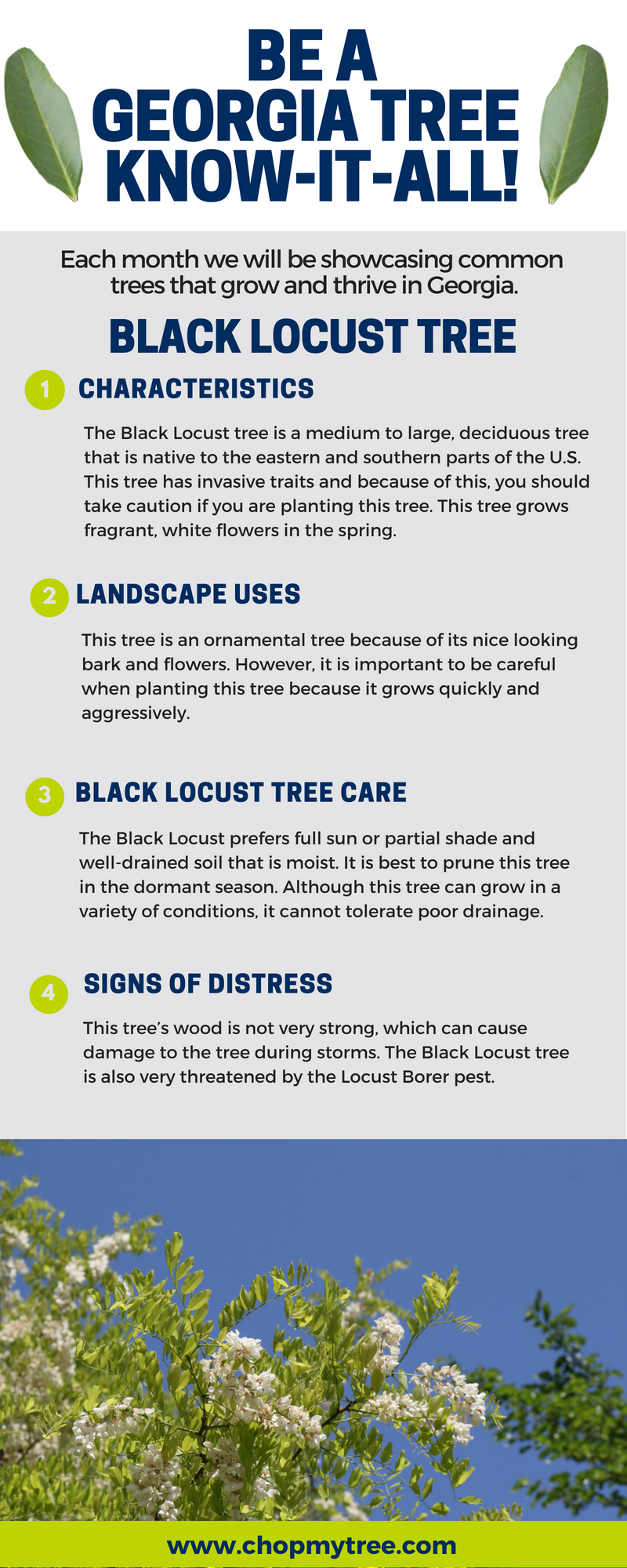Indicators Suggesting The Need For Tree Removal: Identifying Risky Trees
Indicators Suggesting The Need For Tree Removal: Identifying Risky Trees
Blog Article
Post Created By-Winther Emerson
When it concerns tree care, acknowledging the signs that it's time for elimination is essential for your safety and building. You could see stained leaves, wilting branches, or weird fungal growths suggesting health issue. Architectural problems, like a substantial lean or splits in the trunk, can additionally present risks. Recognizing these indication can aid you make notified decisions regarding your trees and protect against potential hazards hiding in your backyard. What should you seek following?
Signs of Degeneration and Disease
When you see indicators of degeneration and disease in your trees, it's critical to act promptly. Seek blemished leaves, wilting branches, or unusual growths like fungus. Pine Tree Removal Cost can indicate that your tree is having a hard time.
If you see fractures in the bark or soft, mushy wood, these signs recommend inner decay. Additionally, a sudden increase in insects around your tree can signal that it's compromised and susceptible.
Check for any kind of dead or passing away limbs, as they present a risk to your building and safety and security. If you doubt about what you see, consulting an arborist can provide quality.
Dealing with Dead Tree Removal Near Me can save you from more considerable damage and make certain the health of your yard. Don't wait until it's far too late.
Structural Instability and Leaning
As you observe your trees, keep an eye out for any type of signs of structural instability or leaning. If a tree leans significantly, it might indicate that the root system is endangered.
Look for any type of cracks in the trunk or soil around the base; these can indicate prospective failure. Furthermore, check for uncommon development patterns, like an uneven crown, which may suggest that the tree is battling to hold itself upright.
If you discover that the tree favors your home, power lines, or other structures, it positions a higher danger. Don't overlook these signs-- speak with an arborist to evaluate the circumstance.
Doing something about it early can avoid pricey damage and ensure your security.
Dead or Dying Branches and Vegetation
If you see dead or dying branches and foliage on your tree, it's a clear indication that something's incorrect.
These harmful locations can suggest underlying concerns like condition, pest problems, or environmental anxiety. When branches shed their leaves or transform brown, they're no longer adding to the tree's wellness. Overlooking these signs can lead to more decline, making your tree a lot more dangerous.
Dead branches can easily break short throughout storms, posing a danger to residential or commercial property and people nearby. It's crucial to analyze the extent of the damages.
If the trouble affects a substantial part of the tree, think about getting in touch with a professional. They can help determine if removal is necessary to make sure safety and preserve the charm of your landscape.
Final thought
If you discover any type of signs of degeneration, architectural instability, or dead branches on your trees, do not overlook them. These indications can posture major safety dangers to you and your home. It's constantly best to seek advice from a professional arborist who can supply a specialist evaluation of your trees. Acting early can stop crashes and pricey damage, guaranteeing your landscape continues to be safe and healthy. Bear in mind, it's much better to be proactive about tree treatment than to wait for a calamity to happen.
